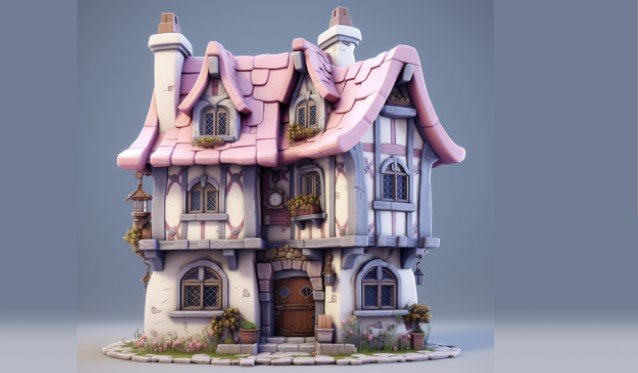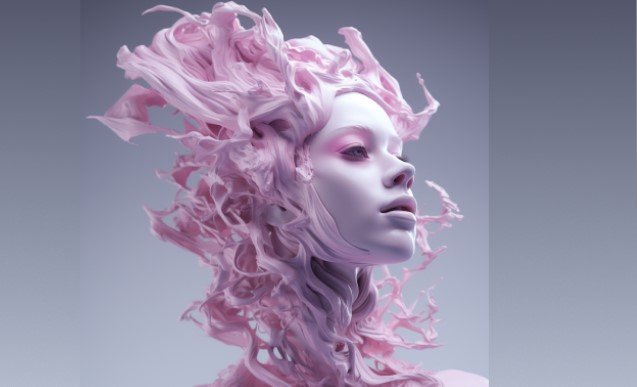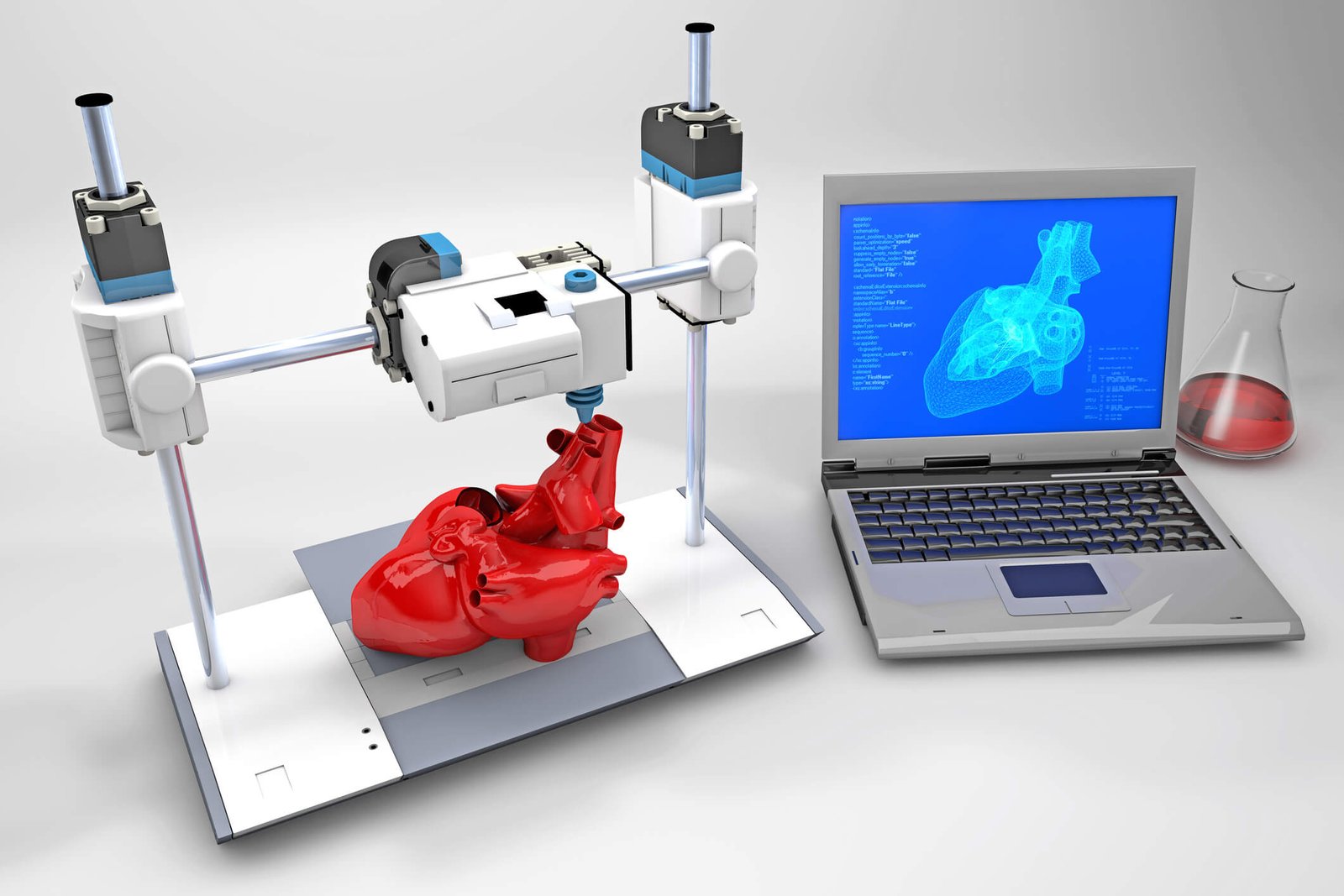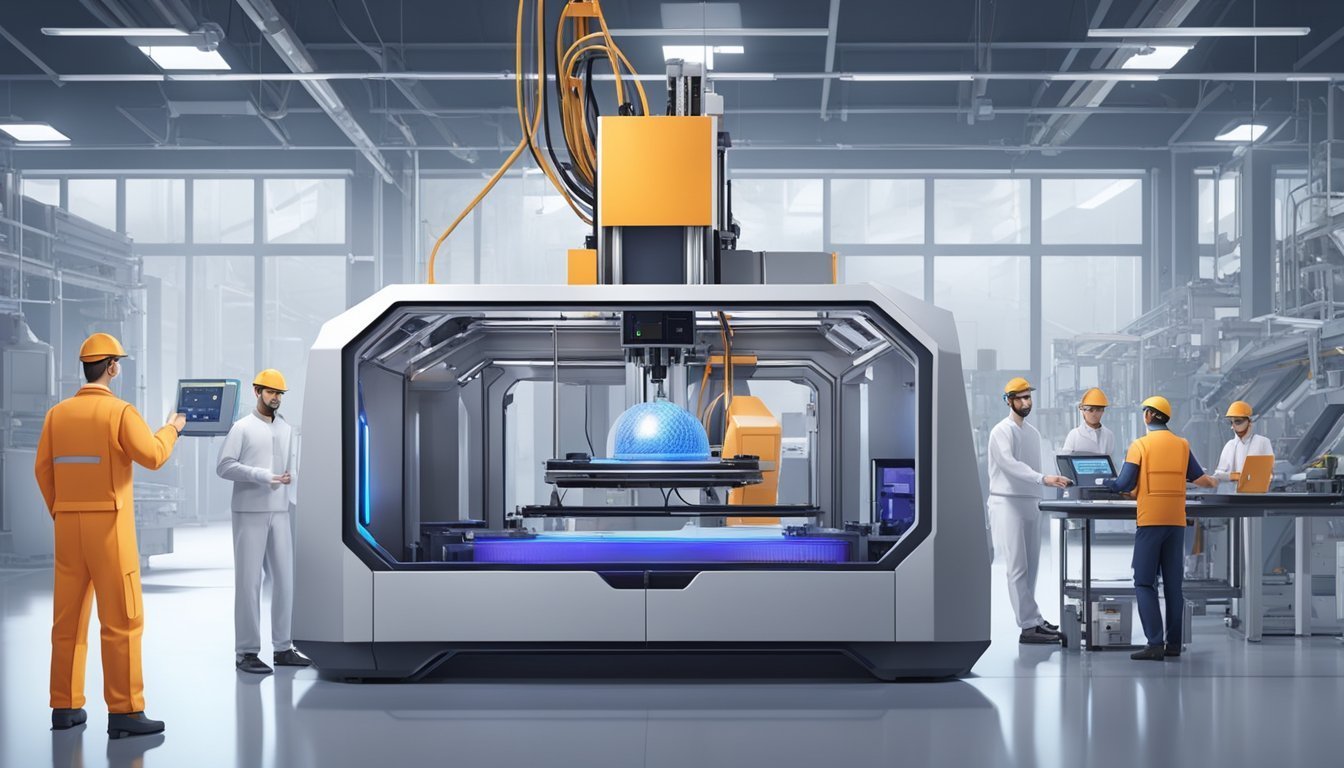The importance of texturing in 3D art is to bring realism to 3D models. Real-world objects have textures, whether it’s the roughness of stone, the smoothness of glass, or the softness of fabric. Texturing allows 3D artists to replicate these real-world features. For example, by applying a rough texture to a surface, artists can make it look weathered or worn, just like real-life materials.
Without textures, a model would lack the detail and depth needed for realism. For example, a simple 3D cube could look lifeless without the right textures. By adding detailed textures, artists can make the cube appear like a piece of metal, wood, or stone, depending on their intention. Textures provide the necessary details that make models believable and immersive.

2. Texturing Enhances Visual Appeal
Even when aiming for stylized or artistic 3D models, texturing remains essential for visual appeal. Textures allow artists to create specific styles, from cartoonish surfaces to abstract artistic designs. In video games and animation, texturing helps give personality to characters and objects. A character’s skin, clothing, and accessories come to life through textures that define their style and appearance.
Moreover, texturing can help convey emotions and themes. For example, a character in a horror video game may have textures that make their clothing look tattered and aged, suggesting they’ve been through a dark, dangerous environment. Similarly, smooth and polished textures could convey a character’s wealth and high status. Texturing thus helps tell a story and immerse viewers in the world the artist is building.
3. Textures Add Depth and Dimension
In 3D art, textures don’t just add color. They also contribute to depth and dimension. Techniques like bump mapping, normal mapping, and displacement mapping create the illusion of depth on a flat surface. This allows artists to simulate intricate details without increasing the model’s polygon count.
For instance, bump mapping simulates the appearance of small bumps and indentations on a surface, making it look more realistic without actually adding extra geometry. Similarly, normal maps help simulate how light interacts with a surface, making it appear more three-dimensional. These techniques enable artists to add complex details, such as wrinkles in clothing or cracks in walls, without the performance cost of high-poly models.
4. Texturing Improves Material Representation
Different materials have unique surface properties. Texturing allows artists to replicate these properties accurately. Whether it’s the reflective quality of metal, the transparency of glass, or the soft texture of fabric, texturing ensures the right material properties are reflected in the final render.
For example, an artist can use reflective maps to simulate the shiny surface of water or metal. In contrast, a diffuse map can simulate the color and general appearance of a material. Specular maps control the amount of light a surface reflects, while roughness maps help define how smooth or rough a surface looks. All these texture maps work together to create accurate material representations, enhancing the overall realism of a scene.
5. Texturing Plays a Key Role in Animation and Game Design
In animation and game design, textures are not just used for static models; they play a crucial role in dynamic scenes as well. In game design, textures help define characters, environments, and objects, making them interactive and engaging. Whether it’s the changing surface of a character’s clothing or the environmental effects like mud splashing on a character’s boots, texturing enhances the dynamic feel of the scene.
In animation, textures can also contribute to the story. The changing texture of a character’s skin can indicate emotional or physical changes, such as bruises or aging. Textures can also be used to show the passage of time or the transition of environments, such as rust forming on a metal surface. Texturing thus has a strong impact on how the animation flows and how immersive the final product feels.
Conclusion
Texturing is a crucial aspect of 3D art that significantly enhances the realism, visual appeal, and storytelling of digital creations. It adds depth, dimension, and detail to models, transforming them from simple shapes into lifelike objects. Whether it’s improving material representation, creating visual appeal, or supporting dynamic scenes in animation and game design, texturing plays a vital role in every step of the 3D art process. Mastering texturing techniques is essential for any artist who wants to produce high-quality, professional 3D models.




